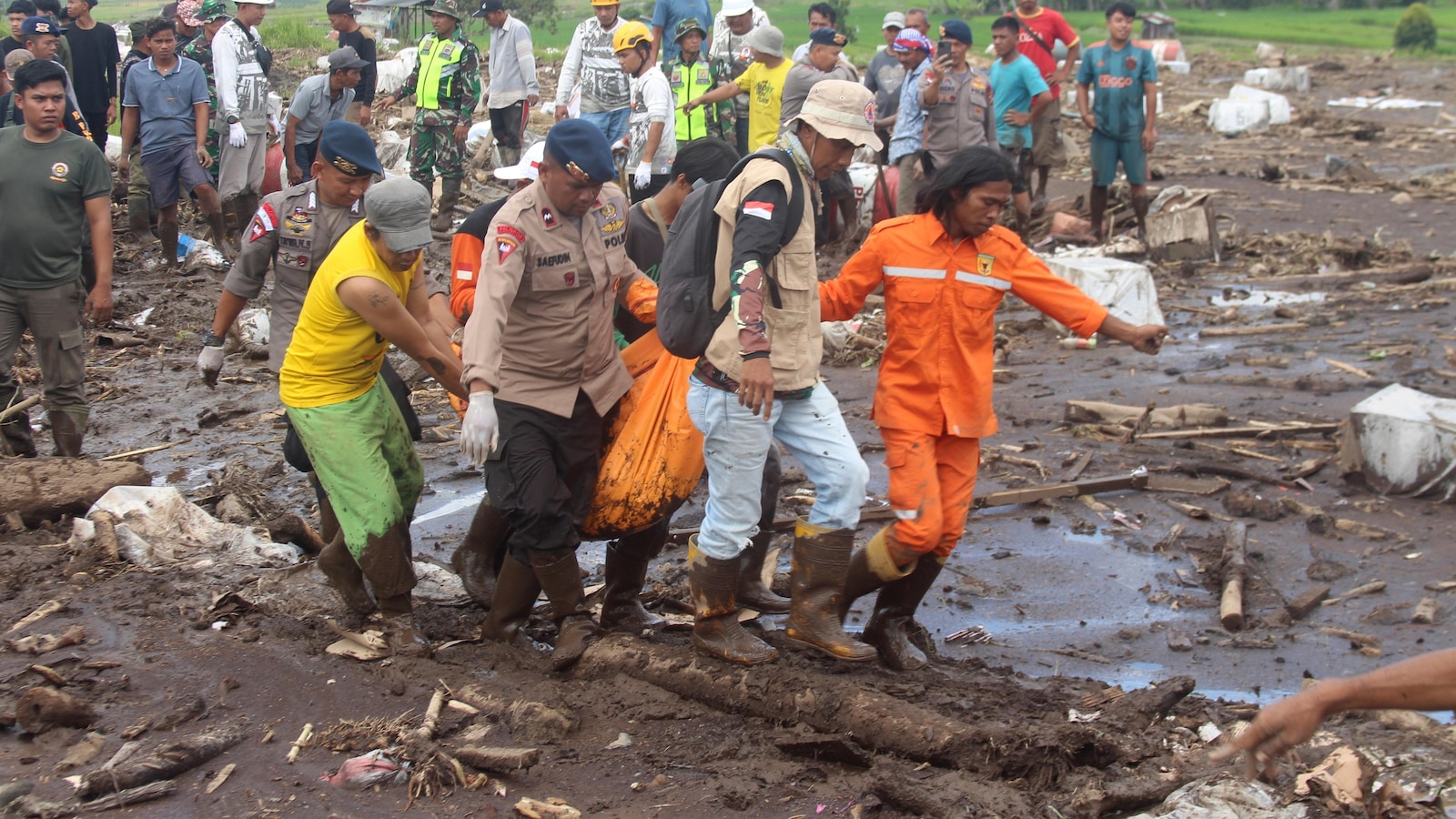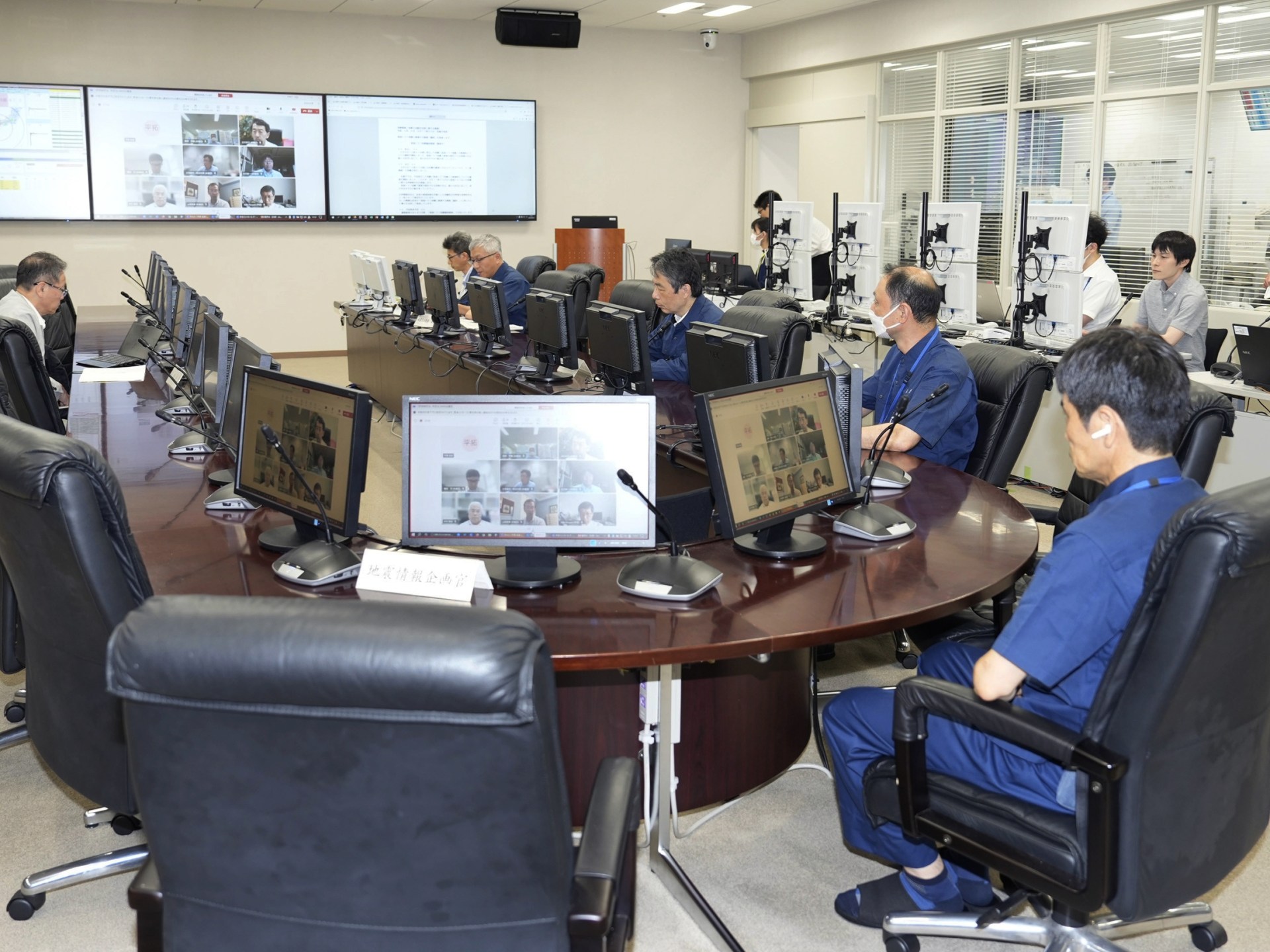Southeast Asia: The Region Best Prepared for Natural Disasters
Despite being one of the regions most prone to natural disasters, Southeast Asia stands out as the region where people feel best equipped to deal with such calamities.
A Survey of Disaster Preparedness
According to a recent analysis by Gallup for the Lloyd’s Register Foundation, Southeast Asia has made significant strides in disaster risk reduction, with its people expressing high levels of preparedness.
Key findings from the survey include:
- 40% of Southeast Asians have experienced a natural disaster in the past five years, while only 36% of Southern Asians have had similar experiences.
- 67% of Southeast Asians feel well-prepared to protect their families in case of a disaster, compared to only 49% of Southern Asians.
- 62% of Southeast Asians have emergency plans in place, significantly higher than the 29% of Southern Asians who have such plans.
Factors Contributing to Preparedness
Benedict Vigers, a research consultant with Gallup, attributes Southeast Asia’s high levels of preparedness to several factors:
- Frequent exposure to disasters: The region’s vulnerability to earthquakes, typhoons, and other hazards has forced its residents to develop coping mechanisms and preparedness measures.
- Resilience at all levels: Individuals, communities, and governments in Southeast Asia have demonstrated a strong ability to bounce back from disasters and adapt to changing circumstances.
- Regional cooperation and investment: The Association of Southeast Asian Nations (ASEAN) has played a crucial role in promoting disaster risk management, facilitating early-warning systems, community-based approaches, and access to disaster finance.
Wealth Not a Deciding Factor
A notable finding of the survey is that wealth is not a decisive factor in disaster preparedness. Southeast Asia, primarily composed of lower-middle-income countries, outperforms more affluent regions in this regard.
This suggests that effective disaster management strategies can be developed and implemented regardless of a country’s economic resources.
Lessons for the World
Southeast Asia’s success in disaster preparedness serves as a valuable model for other regions around the world. Its emphasis on early warning, community engagement, and regional cooperation provides valuable lessons for enhancing resilience against natural hazards.
By adopting these principles, other disaster-prone regions can improve their preparedness and reduce the impacts of future disasters.
Global Ranking of Disaster Preparedness
Among the 142 countries surveyed worldwide, the Philippines stands out as the country with the highest proportion of people who have experienced a natural disaster in the past five years (87%).
Southeast Asian countries also dominate the list of countries with the highest proportion of households having a disaster plan:
- Philippines (84%)
- Vietnam (83%)
- Cambodia (82%)
- Thailand (67%)
- United States (62%)
In contrast, countries with the lowest proportion of households with disaster plans include Egypt, Kosovo, and Tunisia (all with 7%).
Conclusion
Southeast Asia’s success in disaster preparedness demonstrates that even regions facing significant natural hazards can build resilience and equip their people to respond effectively to emergencies.
By sharing its experiences and best practices, Southeast Asia can contribute to global efforts to mitigate the impacts of natural disasters and create a safer world for all.



